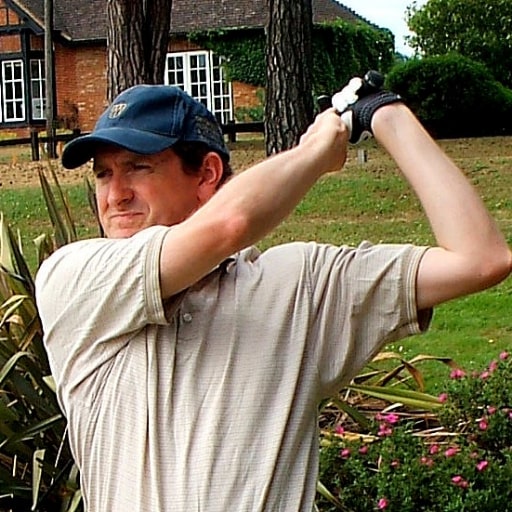Golf and the US Presidency
How a study of golf and the US Presidency can determine election results, explain the passing of certain laws and reveal the true character of a man.
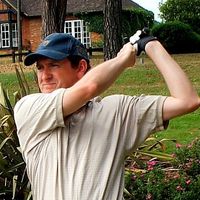
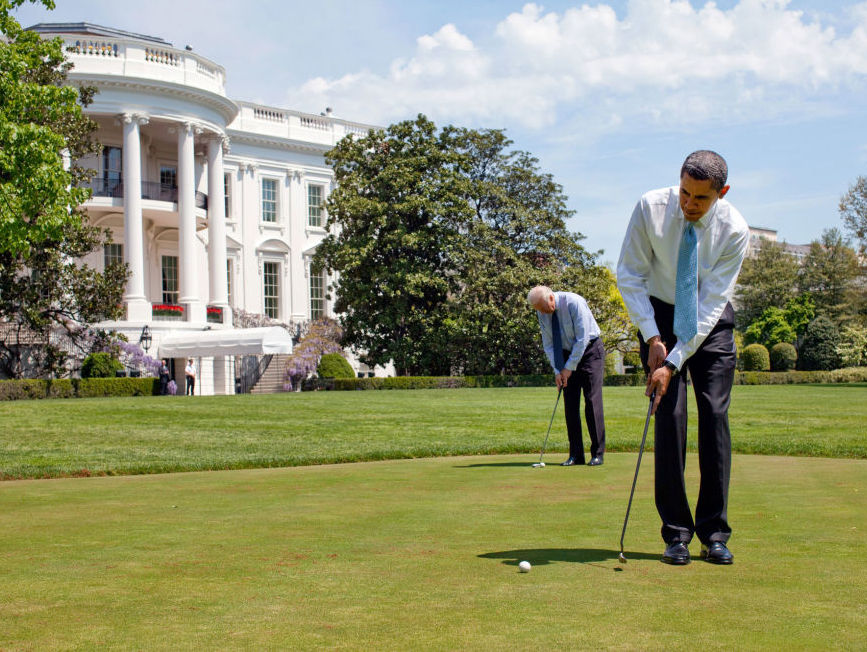
How a study of golf and the US Presidency can determine election results, explain the passing of certain laws and reveal the true character of a man.
All that money spent on opinion polls during the last presidential election could have been saved – just ask any student of golf and the US Presidency.
US Presidents play golf. Failed presidential candidates do not. That is the lesson of recent history.
Not since 1976 has a non-golfer beaten a golfer to the presidency. That year Jimmy Carter defeated incumbent president Gerald Ford.
Since then, starting from when golfer Ronald Reagan defeated non-golfer Jimmy Carter in 1980, nine of the ten most recent presidential elections have been between a golfer and a non-golfer. In every case the golfer has won.
Quite right, too.
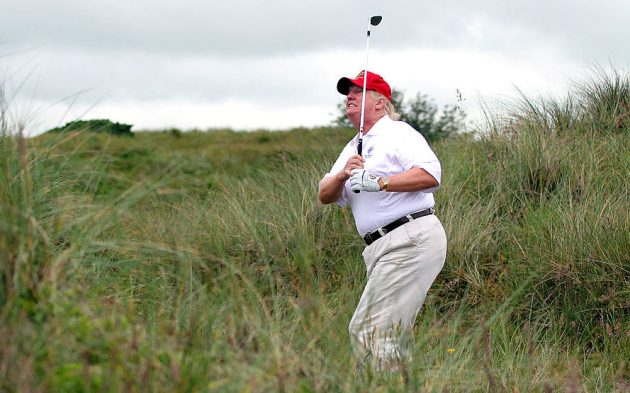
The exception was the election of 1988 which pitted two golfers against each other, in George H. Bush and Bill Clinton.
Subscribe to the Golf Monthly newsletter to stay up to date with all the latest tour news, equipment news, reviews, head-to-heads and buyer’s guides from our team of experienced experts.
From William Taft, the 27th President, to Donald Trump, the 45th, only three of these 19 men have not been golfers - Herbert Hoover, Harry Truman and Carter.
At just under six feet and 25 stone, Taft was unsuited to many sporting activities. But golf was possible and he became a keen, if limited golfer.
Golf and business has always mixed, with the course a place where business contacts can be developed and deals done. Thus has also been the case with golf and the US Presidency.
Lyndon Johnson, whose swing was described as ‘looking like someone trying to kill a rattlesnake‘, would invite difficult senators for a game of golf, to work on them to get his civil rights legislation passed.
Calvin Coolridge was aware of the importance of golf and the US Presidency and so he golfed. But he did so with limited enjoyment and ability, often recording double digit scores on holes. When he left the White House in 1929 he left his clubs behind for he had no further use for them.
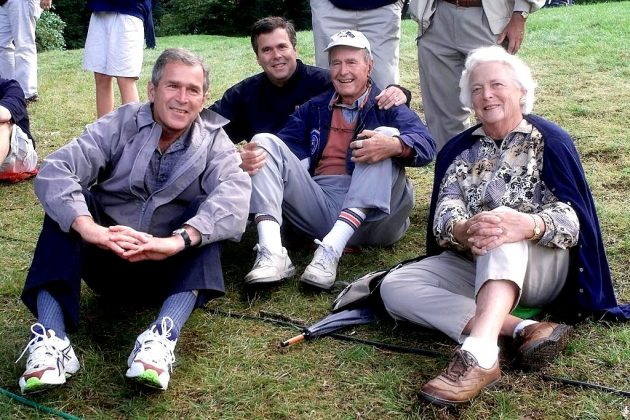
George W. Bush gave up golf for a while, but in his case it was during his second term and he thought that the President playing golf when American soldiers were dying in battle was the wrong image.
Bush came from a golfing family. His father George H. Bush was known for playing rounds sometimes in less than two hours, and he viewed more than three hours as too long.
He would sometimes achieve a quick ‘18 holes’ by playing more than one ball on a hole. Thus three balls played on six holes would give him an 18-hole score whilst traversing only six physical holes.
The Walker Cup is named after George H Bush’s grandfather, George Herbert Walker, a president of the USGA. Bush’s father, Prescott Bush, was also a president of the USGA.
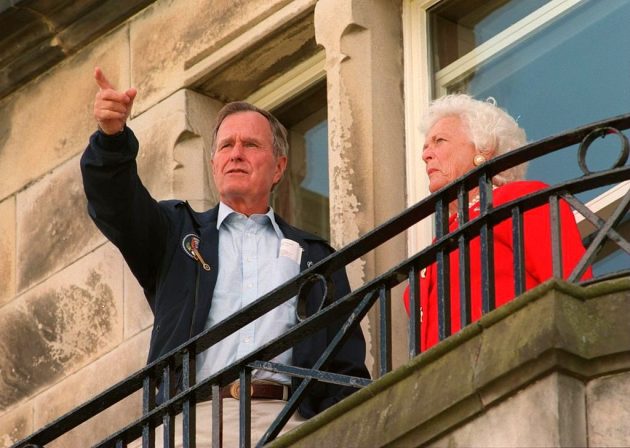
Another who would dash about the course and rarely play all 18 holes was John F. Kennedy. But in his case it was to avoid detection.
He was worried that, a Harvard graduate from a very rich family seeking to represent the working-class Democratic party, being known to play golf, seen as an elitist sport, would distance him from his political base.
So keen was he to avoid detection as a golfer, he would dart about the course and rarely played the 1st or 18th holes as these were the most visible.
Ironically in an effort not to appear elitist, Kennedy played his golf, when president, at the most elitist and private club in Washington, Burning Tree. This minimised the chance of him being spotted by the public playing golf.
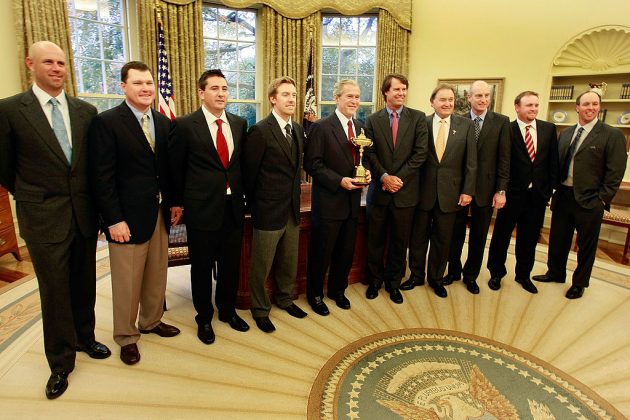
Not only did this club exclude women from being members, it also barred them from the property - and this included presidential aides and secret service agents. However women were allowed in the pro shop; in December, by appointment, if buying a Christmas present for a husband who was a member.
Whether any first ladies have made use of this facility is not known - but past members have also included Presidents Roosevelt, Truman, Eisenhower, Johnson, Nixon, Ford and George H Bush.
Kennedy was a fine golfer who, in his pre-presidential days almost made a hole in one at Cypress Point’s 16th hole with a 5-iron.
Kennedy was urging the ball to stay out as Kennedy knew a hole in one at such a famous hole would be recounted and he would be outed as golfer. "You're yelling for that damn ball to go in, but I'm seeing a promising political career coming to an end if it does," he told one of his playing partners.
Kennedy is viewed as probably the best golfer among the presidents. Franklin D Roosevelt was his club champion when still at college, but he was stricken with polio aged 39 and was confined to a wheelchair in his presidential years.
Under Roosevelt’s New Deal policies many municipal golf courses were built. He is one of several presidents to have golf courses named after him, in his case the FDR Golf Club in Philadelphia. TPC Harding Park in San Francisco, is named after Warren Harding, who would golf twice a week during his presidency.
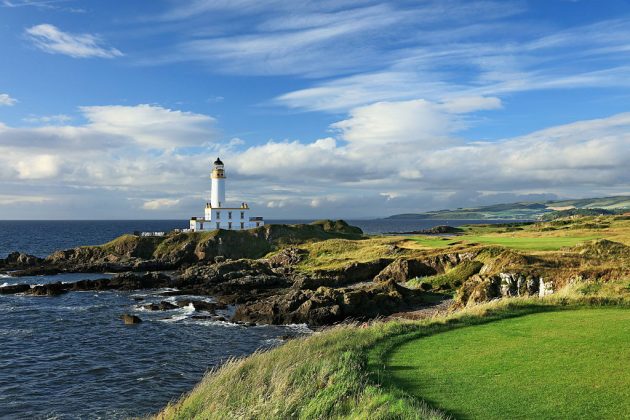
But the most ‘decorated’ man in the history of golf and the US Presidency is Donald Trump as his business empire includes the ownership of many courses which he has either named or re-christened to have Trump in their name. These include Trump Turnberry, the Golf Monthly top course in the UK and Ireland.
In terms of handicap, Donald Trump’s one is the best hard to beat - at 70 years of age he claims a handicap of 3. But he has been accused of cheating.
Rick Reilly, author of Who's Your Caddy? Looping for the Great, Near Great, and Reprobates of Golf has said of Trump that “when it comes to cheating, he’s an 11 on a scale of one to 10. He took the world’s first gimme chip-in.”
Cheating is a theme which runs through several presidents’ golfing scores, often as a result of enthusiasm for the good shot rather than the accurate score.
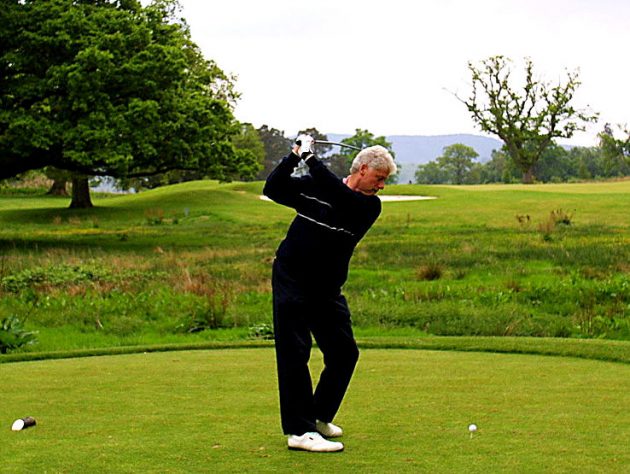
Bill Clinton was so infamous for replaying shots he did not like that his mulligans became known as Billigans.
Richard Nixon is another president known for playing fast and loose with the rules. He took up golf as vice president, it was said, to curry favour with President Dwight ‘Ike’ Eisenhower.
Nixon had a three-hole course built at his own home. Eisenhower had had a putting green built at the White House but it feel into disrepair under Nixon and Kennedy. George H. Bush reinstated it and then Bill Clinton had Robert Trent Jones Jr design a new one. Robert Trent Jones Senior had designed the one for Eisenhower.
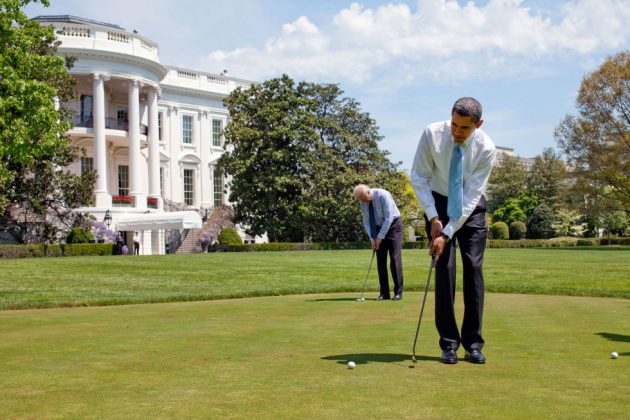
Eisenhower only took up golf when he was 35, and became an avid golfer, whose handicap at its lowest was 14. In 1953 Eisenhower became US President. During his eight-year presidency he played 800 rounds of golf.
Eisenhower had become a member at Augusta National in 1948 and regularly holidayed there. So that he could continue these holidays as President, the club built a special house in their grounds, its design approved in advance by the secret service. This is known as The Eisenhower Cabin and it has the Presidential Seal over the front door.
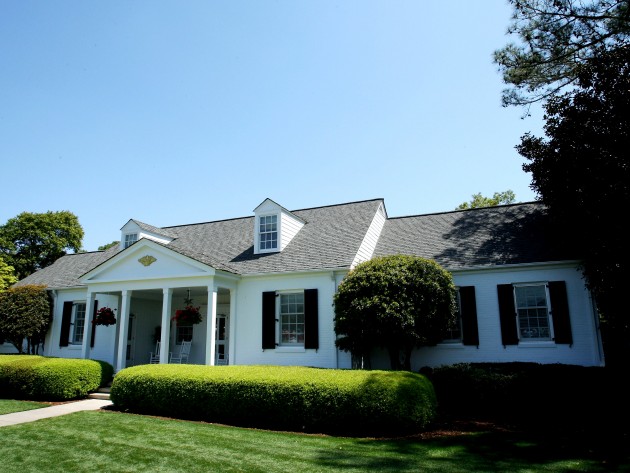
Ronald Reagan stayed here when planning the invasion of Grenada. Reagan was only an occasional golfer and it was estimated that he played only around a dozen rounds during his eight-year presidency. His stay at Augusta was notable for a gunman taking hostages in the pro shop and demanding to talk to the president.
Eisenhower had problems with his slice, and often hit the tree that stood on the 17th fairway at Augusta National. So at a meeting of Augusta National governors in 1956 the US President proposed that it be cut down.
The chairman adjourned the meeting to prevent a decision being made which he knew would have gone against the president. But since that day the tree became known as Eisenhower’s Tree.
But Eisenhower’s devotion to the game could not match that of Woodrow Wilson, president during the First World War. Wilson managed more than 1,000 rounds and maybe as many as 1,600 during his eight years as president. He got his secret service agents to paint some golf balls black so that he could play even in the snow.
Contributing Writer Roderick is the author of the critically acclaimed comic golf novel, Summer At Tangents. Golf courses and travel are Roderick’s particular interests. He writes travel articles and general features for the magazine, travel supplement and website. He also compiles the magazine's crossword. He is a member of Trevose Golf & Country Club and has played golf in around two dozen countries. Cricket is his other main sporting love. He is also the author of five non-fiction books, four of which are still in print: The Novel Life of PG Wodehouse; The Don: Beyond Boundaries; Wally Hammond: Gentleman & Player and England’s Greatest Post-War All Rounder.
